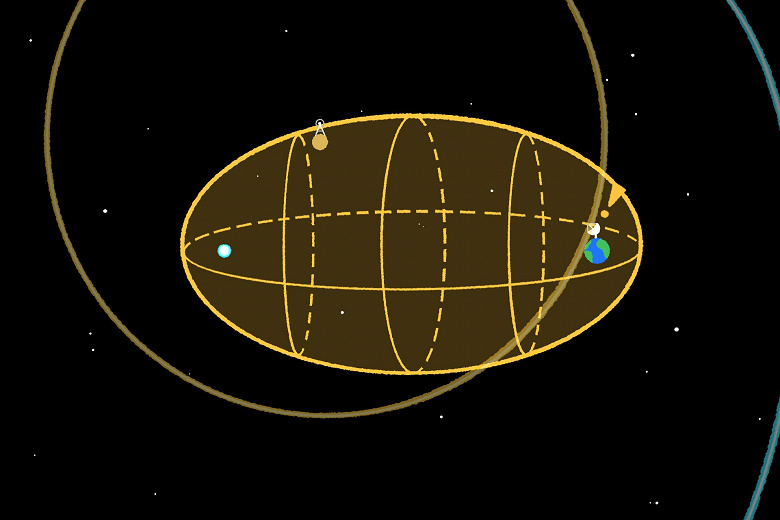The SETI team used data from the TESS satellite for deeper analysis
Researchers from the SETI Institute presented new developments in the field of astrophysics and the search for extraterrestrial intelligence. They used data from the TESS (Transiting Exoplanet Survey Satellite) mission to study transiting exoplanets and developed a method called SETI ellipsoid to search for potential signals from advanced civilizations.
The idea of the SETI ellipsoid is based on the assumption that extraterrestrial civilizations could use significant astronomical events, such as supernovae, as beacons to send synchronized signals to signal their existence. This method allows you to expand your search capabilities using a wide-angle view of the sky. The researchers also account for possible temporal uncertainties in the arrival times of such signals by continuing observations throughout the year.
For the study, the team used TESS data from the first three years of its mission, as well as 3D location data from Gaia's third early data release — space observatory of the European Space Agency. Analysis of this data identified 32 major targets in the SETI ellipsoid in the southern zone observed by TESS. The error in determining the distances to these targets is less than 0.5 light years.
Although initial analysis of light curves during the SETI ellipsoid crossing did not reveal anomalies, this development provides a basis for further studies of other areas of the sky and different types of signals.
The use of the SETI ellipsoid method in combination with Gaia distance measurements opens up new possibilities for the search for extraterrestrial life. Scientists are going to conduct a retrospective analysis of archived data, select targets and plan future monitoring campaigns.

